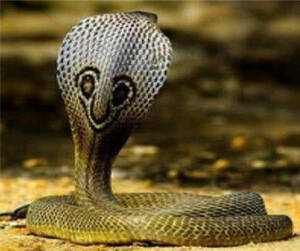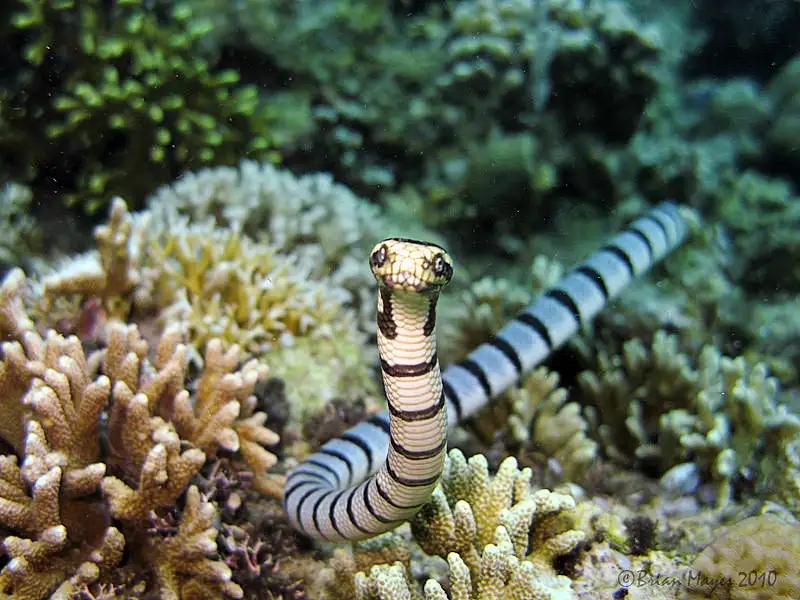
Sea Snakes (Group Overview)
Hydrophiinae / Laticaudinae (Elapidae)
Sea snakes are marine elapids comprising two main groups: the true sea snake···
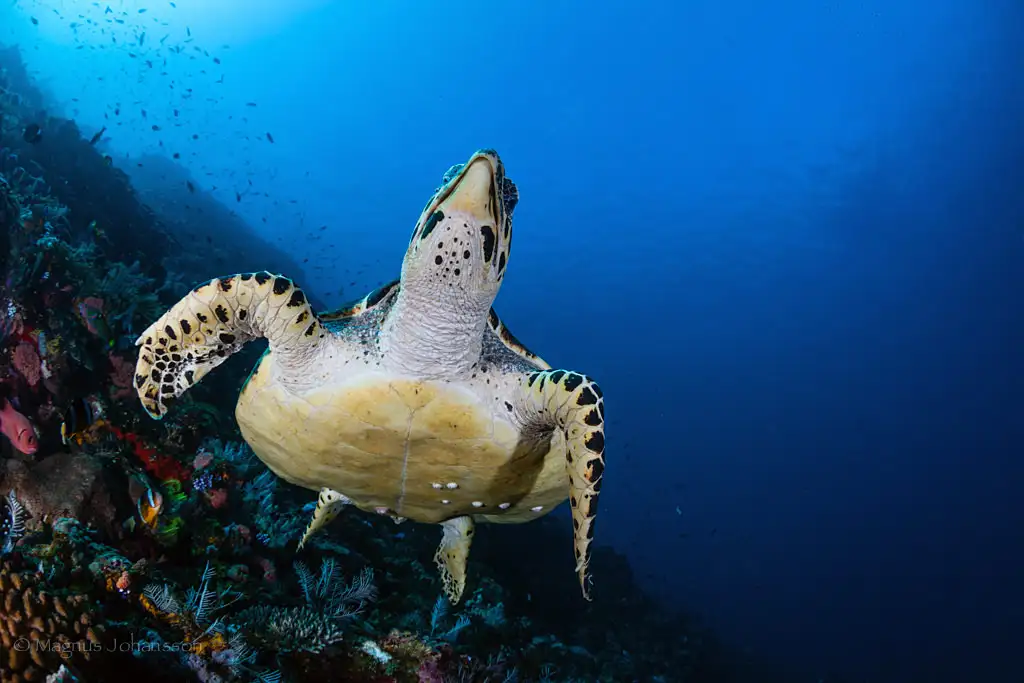
Hawksbill Sea Turtle
Eretmochelys imbricata
Eretmochelys imbricata—the hawksbill sea turtle—is recognised by its sharp···
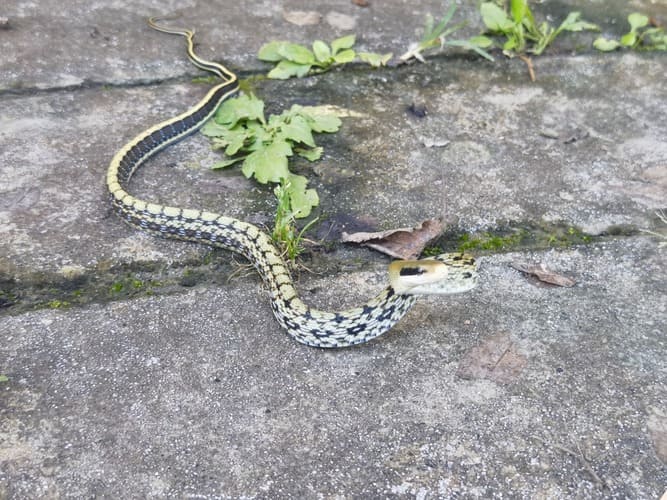
Beauty Rat Snake (Black‑browed)
Orthriophis taeniurus
Beauty Rat Snake (Black‑browed Rat Snake; Orthriophis taeniurus, formerly E···
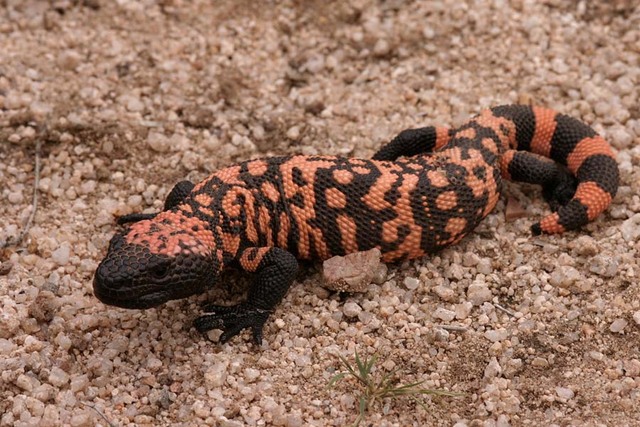
Heloderma suspectum
Gila Monster, American Gila Monster, Gila Monster,Gila Monster, Blunt-tailed Lizard, Aztec Lizard
The Gila Monster (scientific name: Heloderma suspectum) is also known as the···
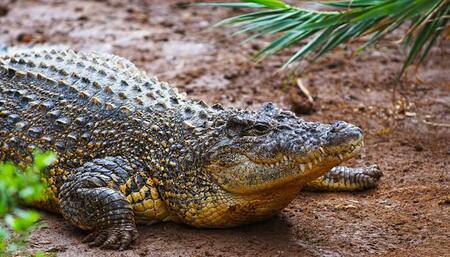
Crocodilia
Crocodilia (scientific name: Crocodile, foreign name: Crocodile) is a typica···
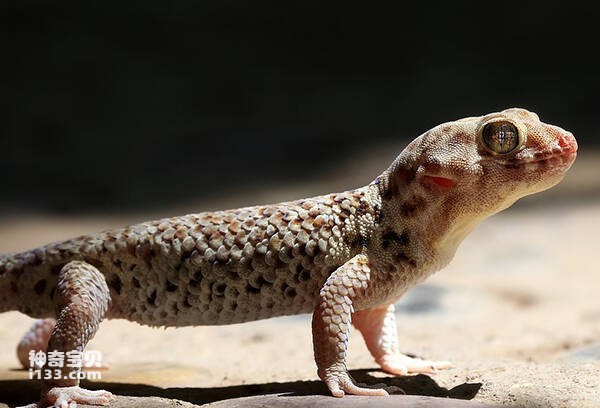
Teratoscincus roborowskii
Teratoscincus roborowskii
The Turpan sand tiger is nocturnal, inhabits desert or semi-desert areas, an···
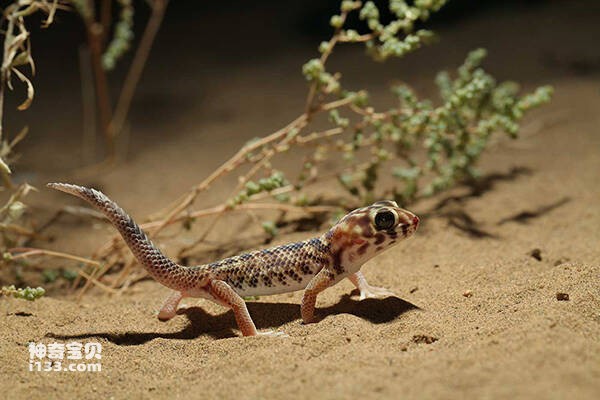
Teratoscincus scincus
Teratoscincus scincus,Common Wonder Gecko
The Yili Sand tiger is a burrowing terrestrial lizard, which belongs to the ···
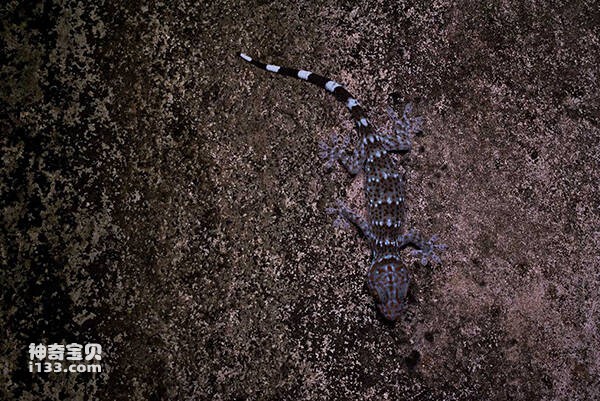
Gekko reevesii
Gekko reevesii
Giant geckos live in tropical and subtropical limestone areas 250-600m above···
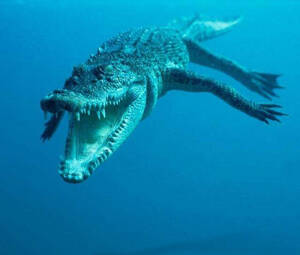
Crocodylus porosus
Estuarine Crocodile,Salt-water Crocodile,Sea crocodile, saltwater crocodile, hoole, man-eating crocodile, estuarine crocodile, Malayan crocodile, naked neck crocodile
Saltwater crocodile (scientific name: Crocodylus porosus) is also known as E···
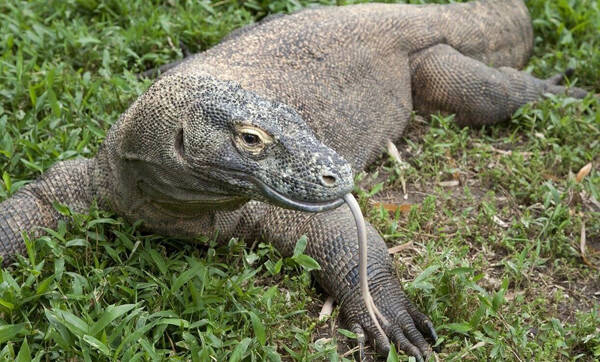
Varanus komodoensis
Varanus komodoensis,dragon、komodo dragon
The largest lizard on earth is the Komodo dragon. The Komodo dragon, scienti···

Atheris hispida
Atheris hispida,Hairy tree pit viper, scaly tree pit viper
The Kivu tree viper (scientific name: Atheris hispida), also known as the ha···
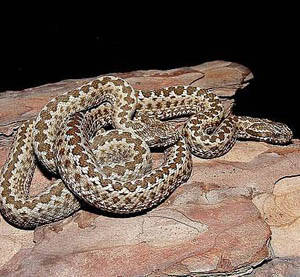
Vipera renardi
Vipera renardi,Oriental Viper
Oriental viper belongs to the family Viperidae of the order Squamata. It is ···

Vipera berus
Vipera berus,Northern Viper,Dragon viper, Arctic viper
The Vipera berus is the most widely distributed land snake.The Vipera berus ···
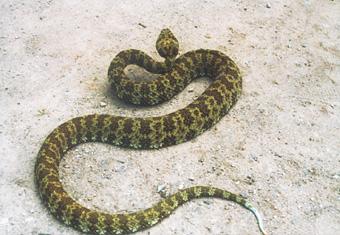
Protobothrops mangshanensis
Protobothrops mangshanensis,White-tailed snake, rare snake, small green dragon, Mangshan iron-headed snake
The Latin name of the Mangshan pit viper Protobothrops mangshanensis is a gi···
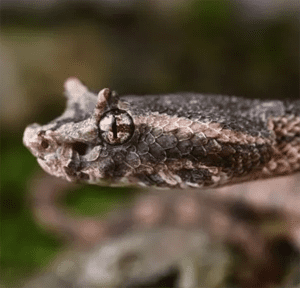
Protobothrops cornutus
Protobothrops cornutus,Horned iron, horned pit viper
The Latin name of the horned pit viper Protobothrops cornutus is very rare a···
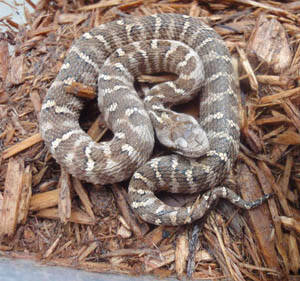
Gloydius shedaoensis
Gloydius shedaoensis,Agkistrodon acutus, Agkistrodon acutus, Agkistrodon acutus, Agkistrodon acutus
The scientific name of the snake island pit viper is Gloydius shedaoensis. I···
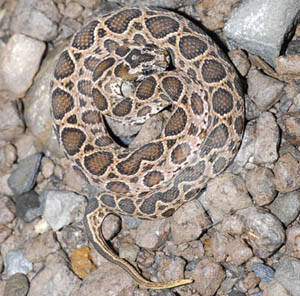
Daboia russelii siamensis
Daboia russelii siamensis,Leopard, leopard, coin spot, ancient coin window, round-spotted viper
Daboia russelii siamensis is a venomous viper belonging to the genus Viper i···
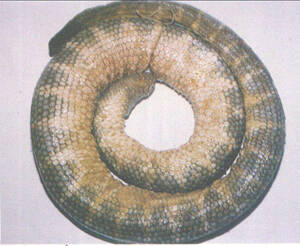
Praescutata viperina
Praescutata viperina,Black-tailed sea snake, Sea viper
The Latin name of the sea viper is Praescutata viperina, which is a species ···
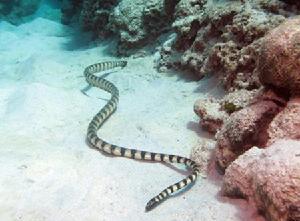
Hydrophis jerdonii
Hydrophis jerdonii
The sea snake is a species of the genus Sea Snake in the family Elaphedae. I···
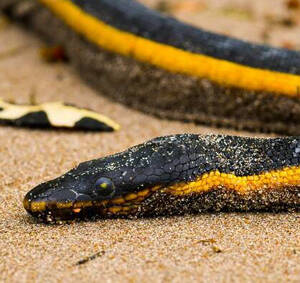
Hydrophis platurus
Pelamis platurus,Hydrophis platurus
Long-nosed sea snakes live in the ocean and can stay away from the coast. Th···

